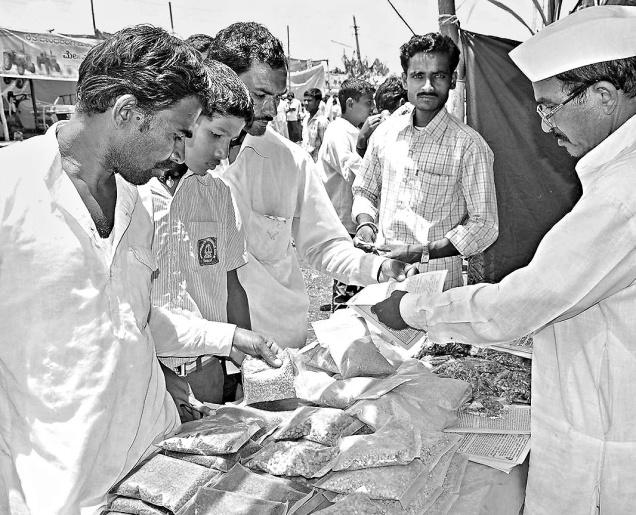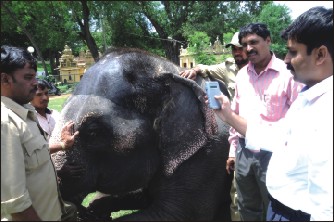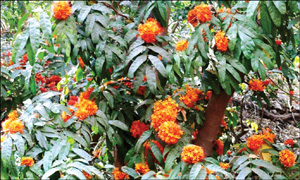Krishna Byre Gowda, Minister of State for Agriculture, has said that the government has decided to develop seed potato at the Indian Institute of Horticulture Research Station at Hesaraghatta in Bengaluru and distribute them to growers in Hassan and other places in the State.
The institute would develop disease-free seeds which would assure a better yield to growers, provided it was cultivated in a scientific way, the Minister said at the drought review meeting here on Wednesday.
He was reacting to the allegations of H.D. Revanna, Janata Dal (Secular) MLA, that substandard seeds were distributed among growers in Hassan district in the past two years and the growers had incurred crores of rupees losses.
The Minister said that the production might begin in a year or two. Till then, the government would get quality seeds from Punjab, he said.
Mr. Revanna alleged that many traders and commission agents in Hassan had sold table potato as seed potato to farmers in the last few years and cheated growers.
He alleged that the district administration had failed to initiate action though he had written to the Deputy Commissioner and the Chief Executive Officer of the Hassan Zilla Panchayat.
Mr. Revanna said that the growers were discouraged by the fall in the prices of potato every year and the area under potato cultivation had come down considerably in Hassan district.
T.B. Jayachandra, Minister for Law and Parliamentary affairs, asked the Deputy Commissioner of Hassan to make a list of potato growers in the district and their requirement of seed potato. The government would get seeds from Punjab and distribute it among growers.
The Minister also said that the government might not hesitate to distribute them at subsidised rates to encourage growers.
source: http://www.thehindu.com / The Hindu / Home> National> Karnataka / by H.S.Narasimha Kumar / Mysuru – August 28th, 2015






